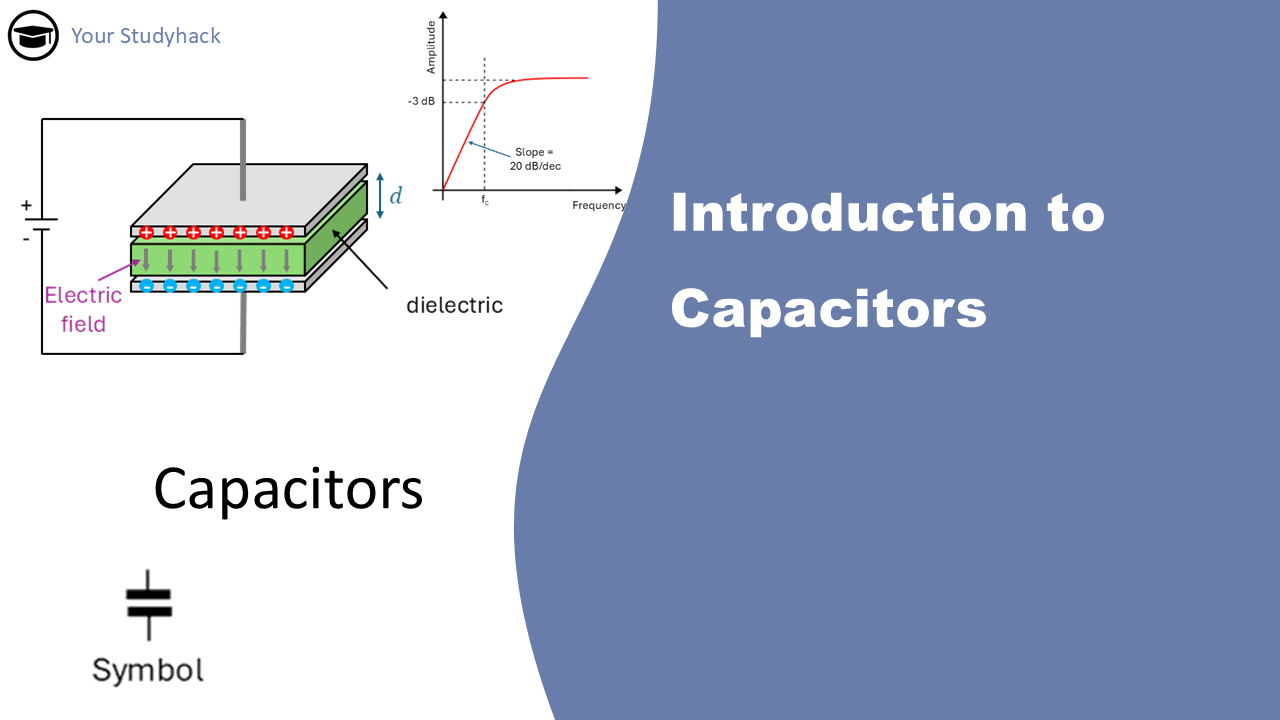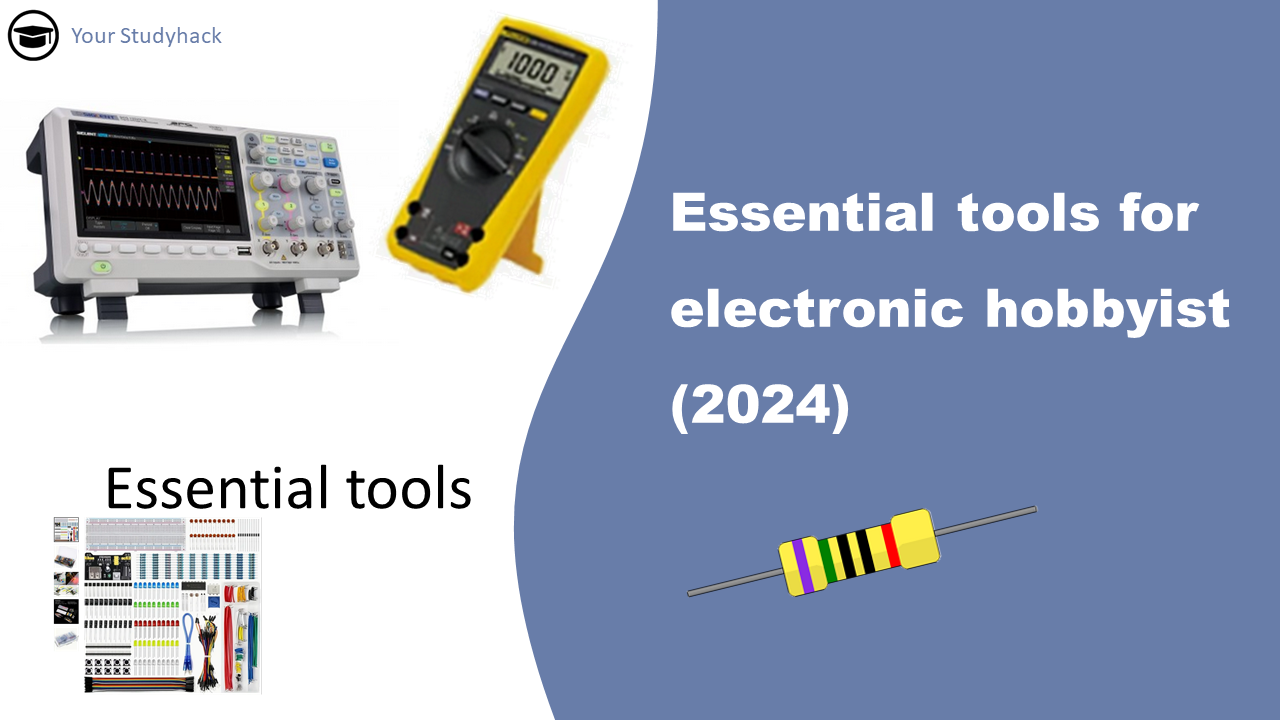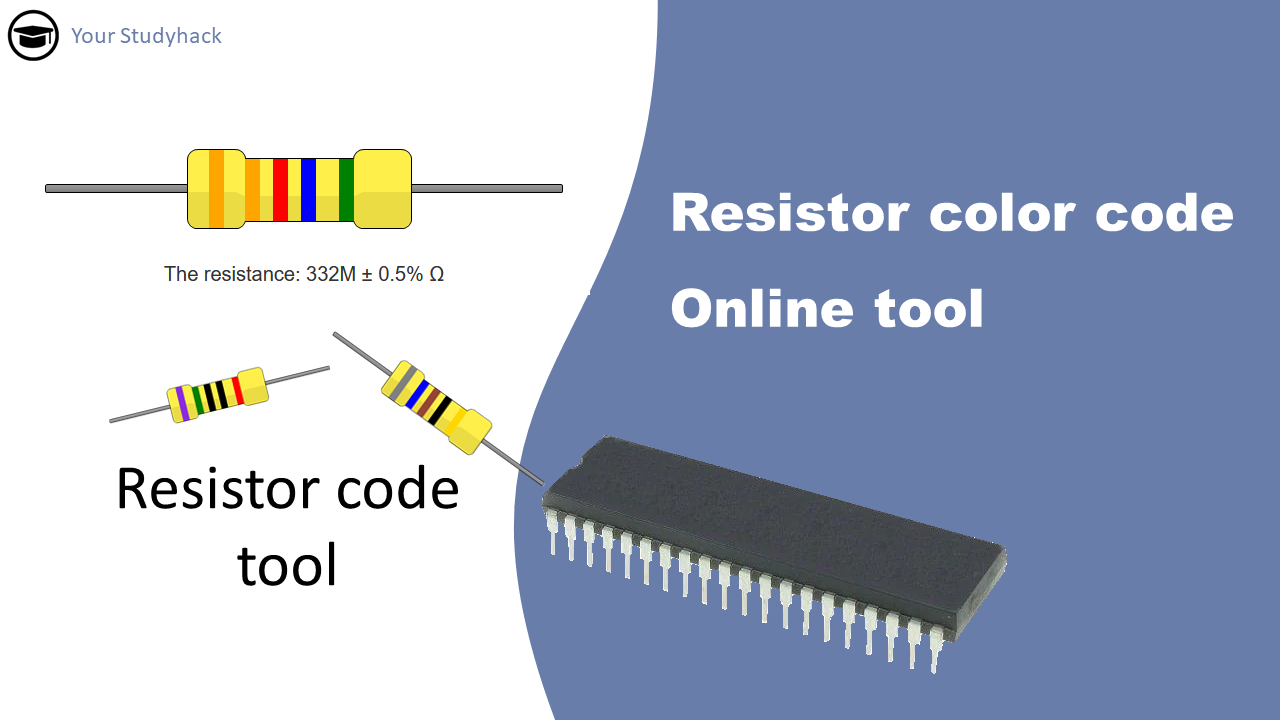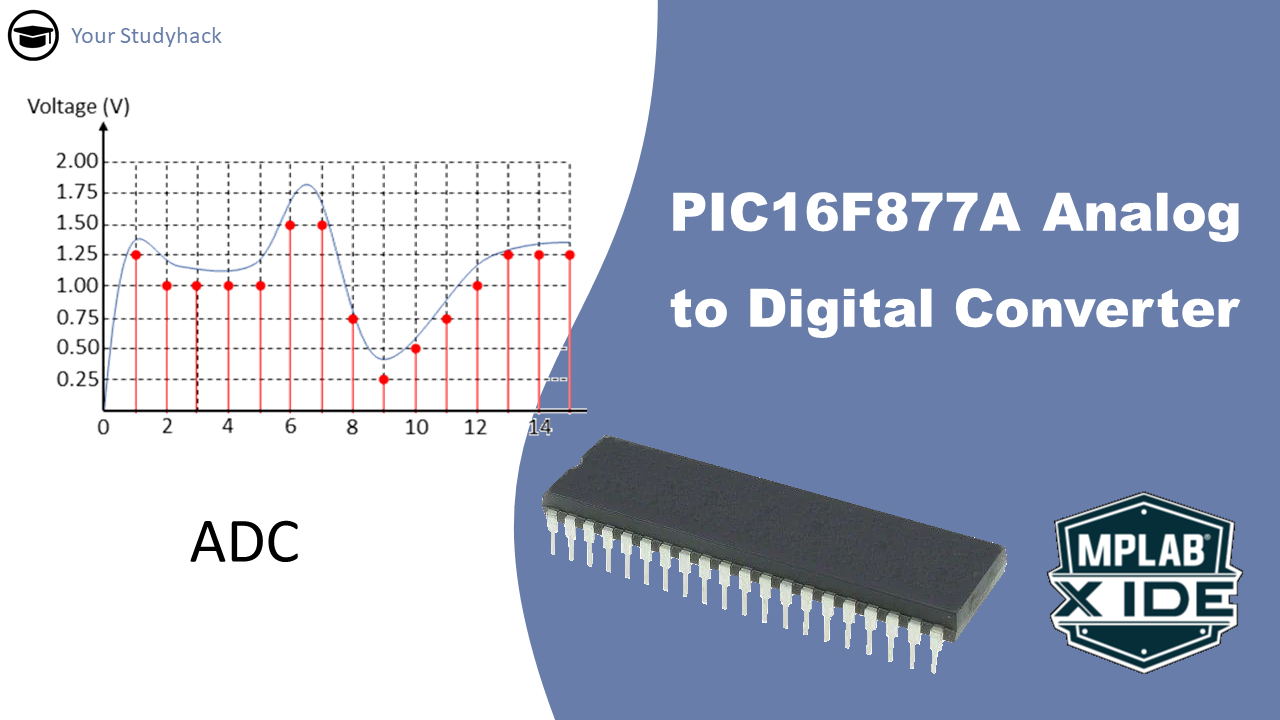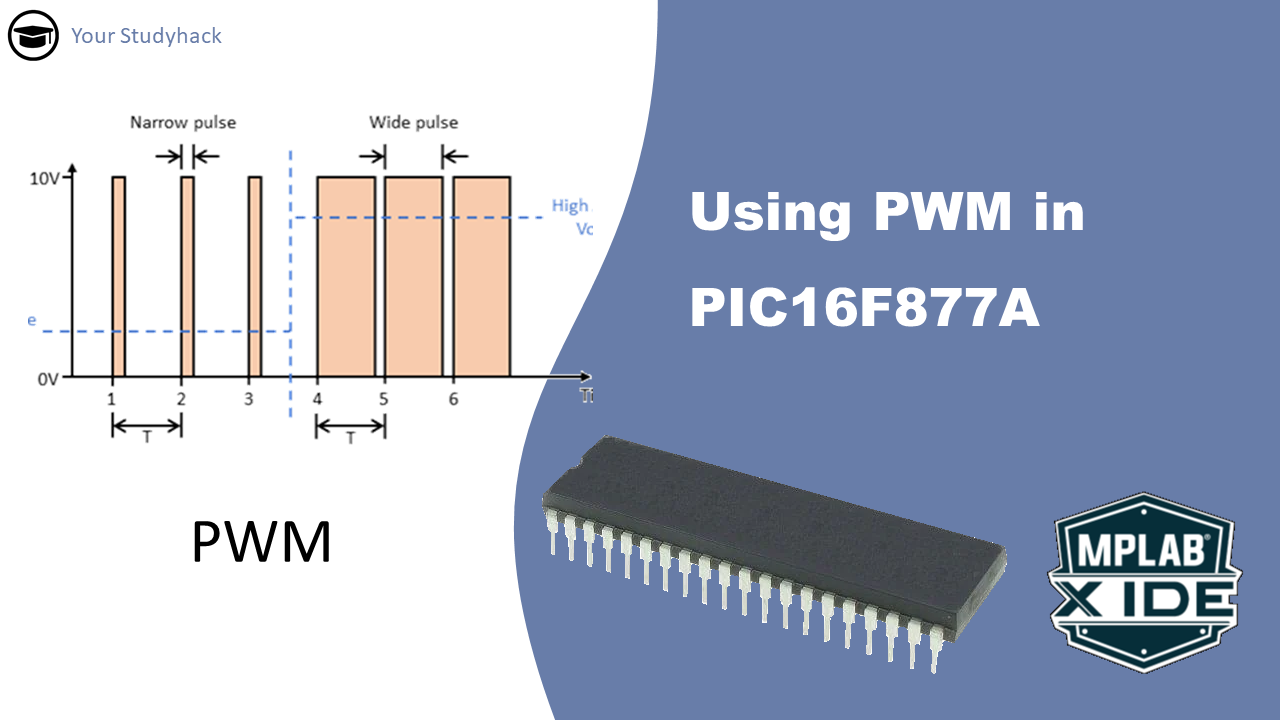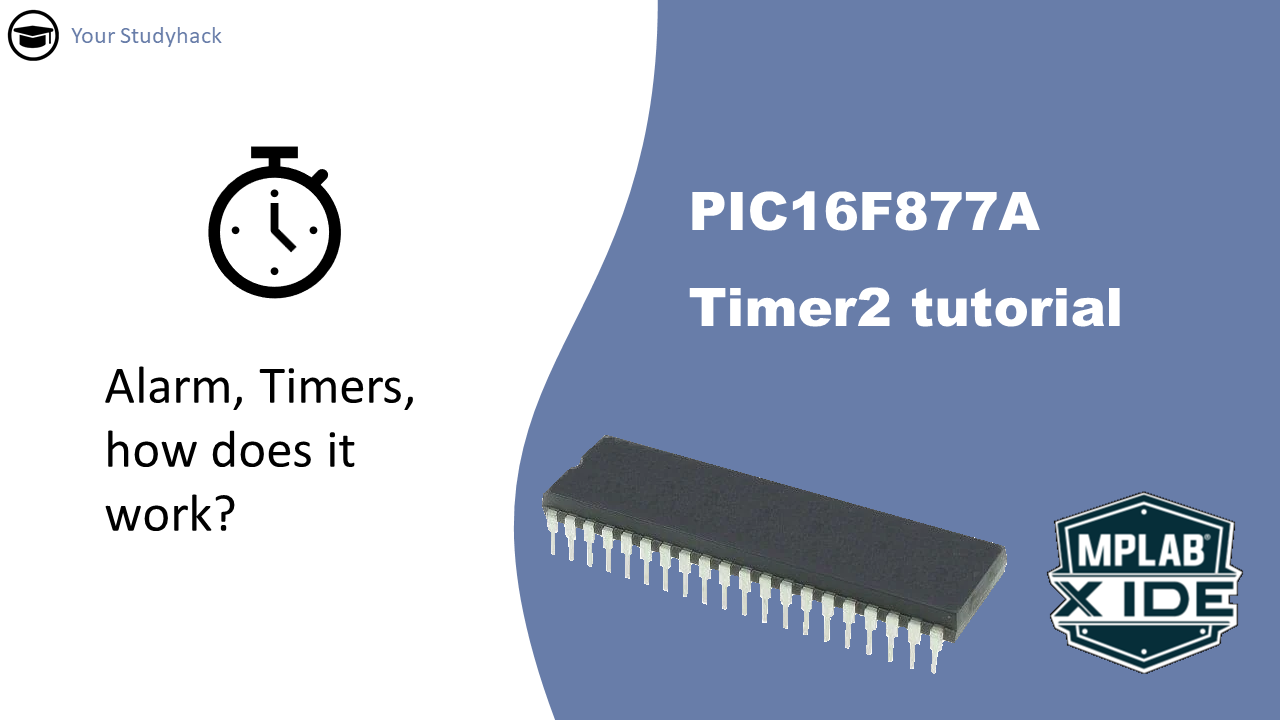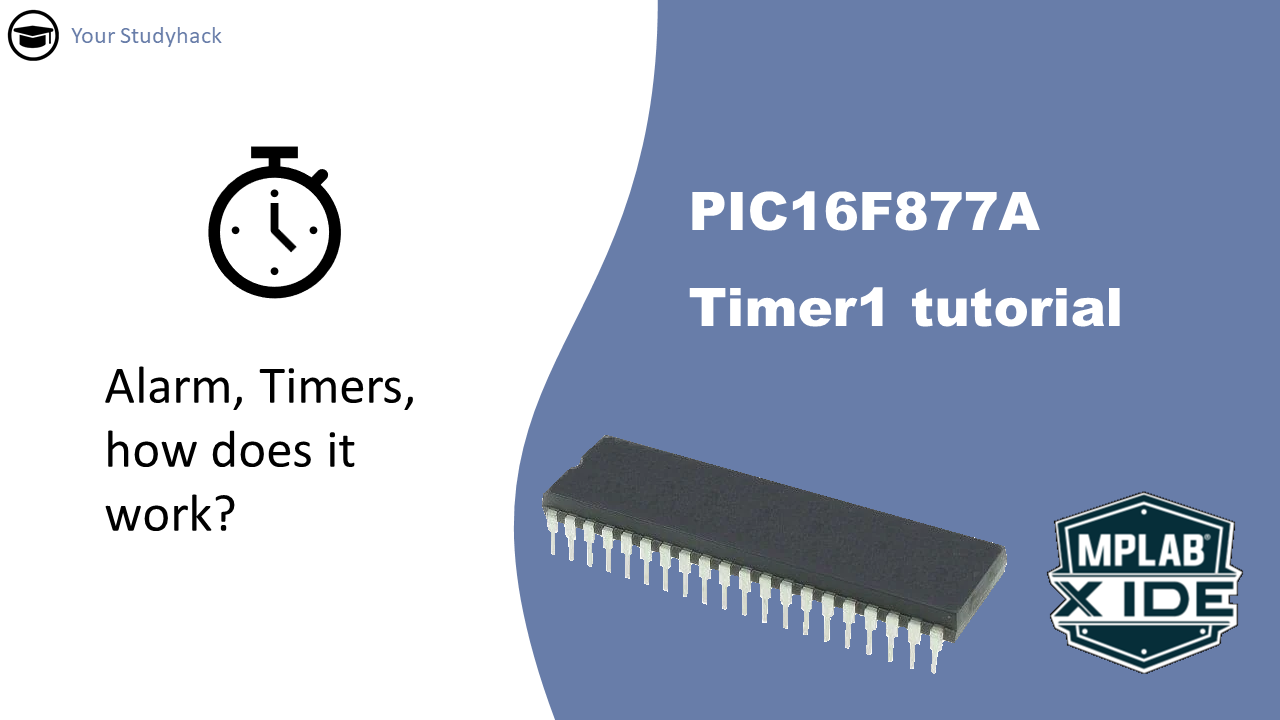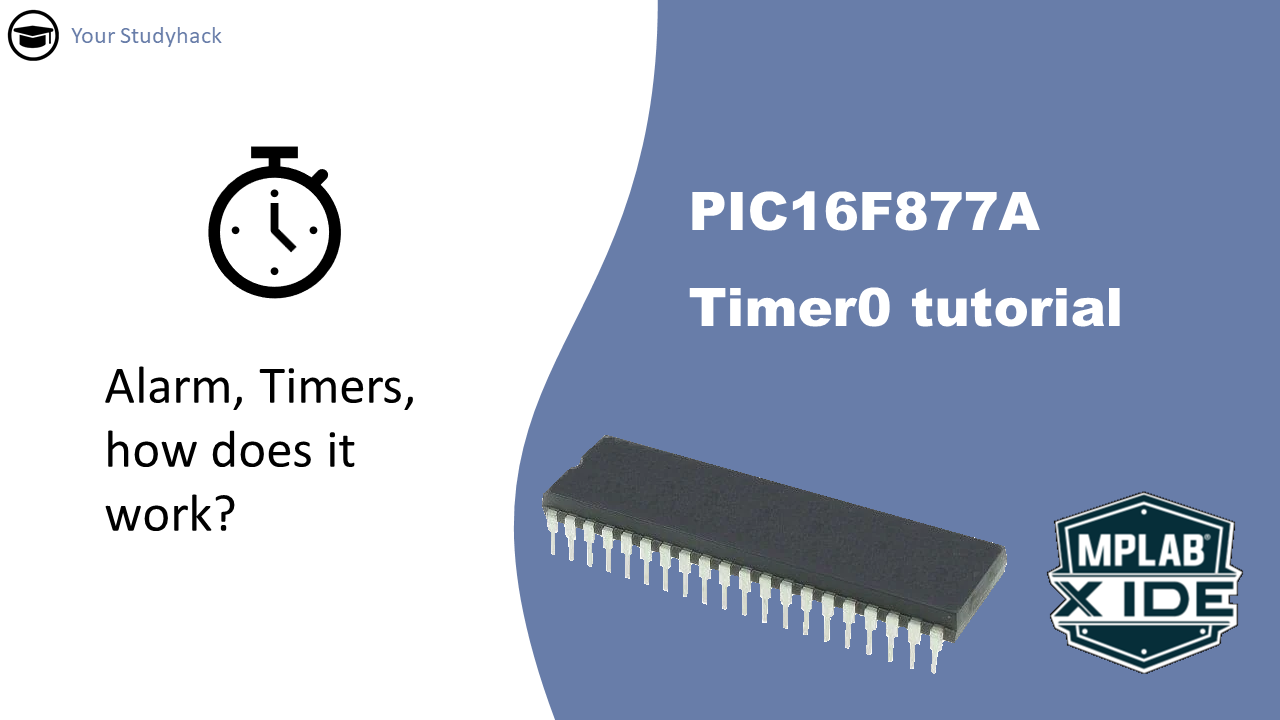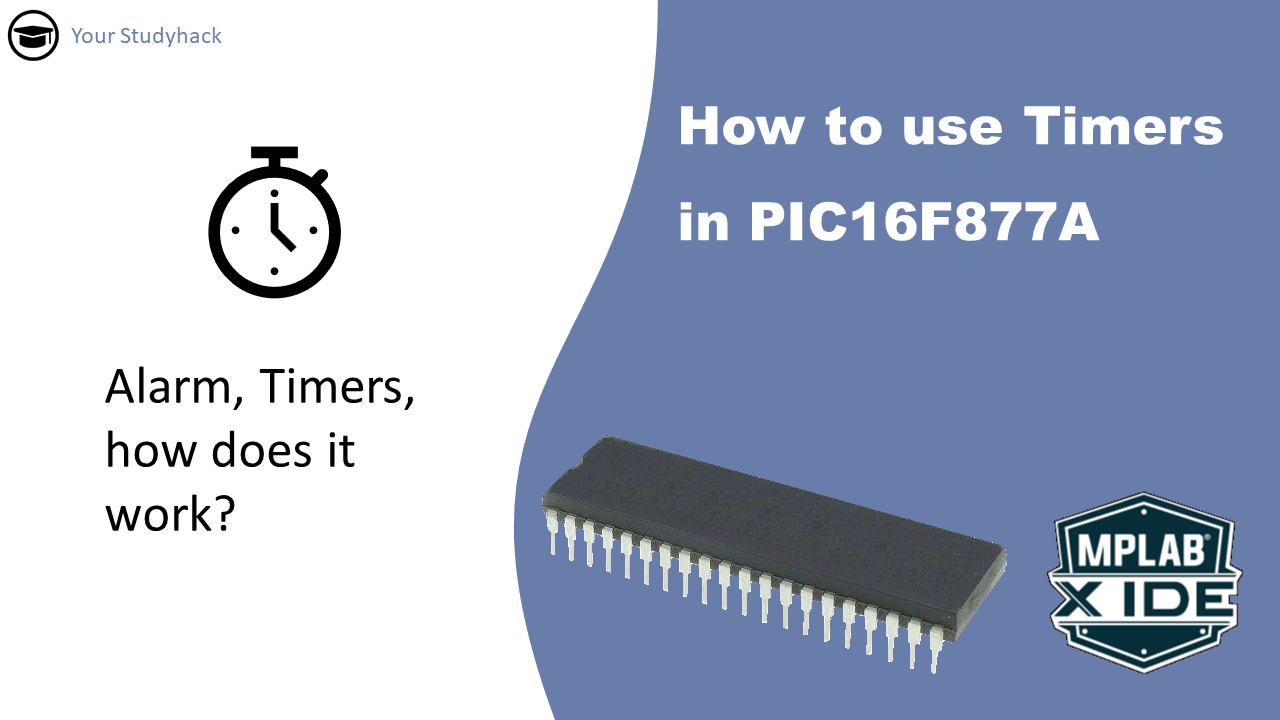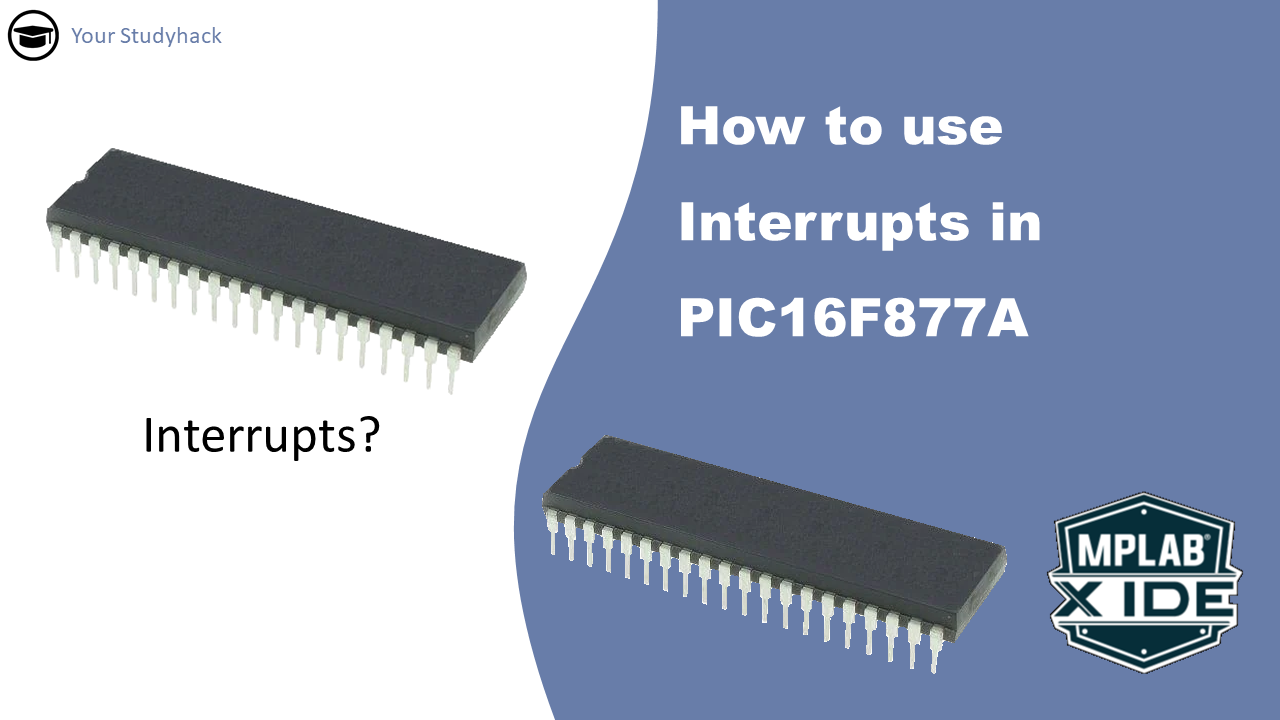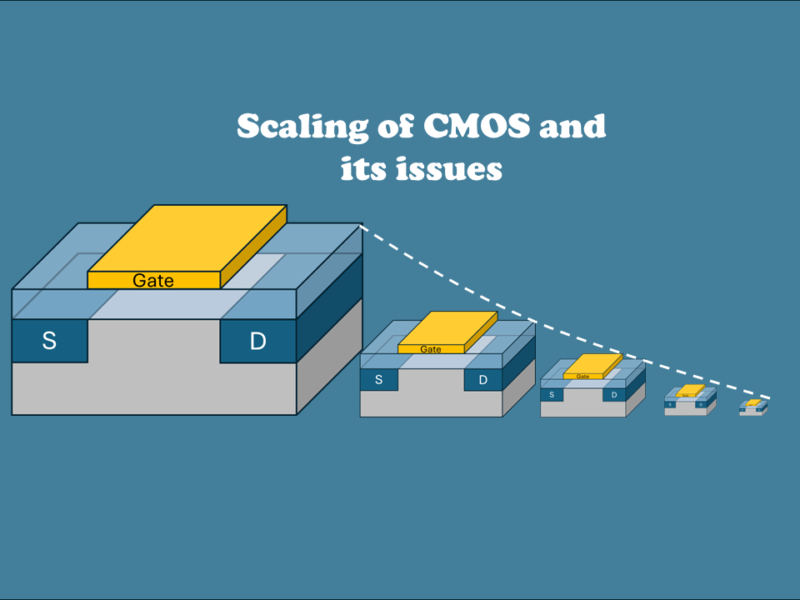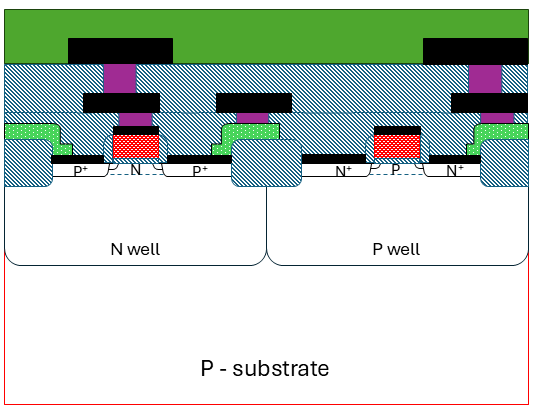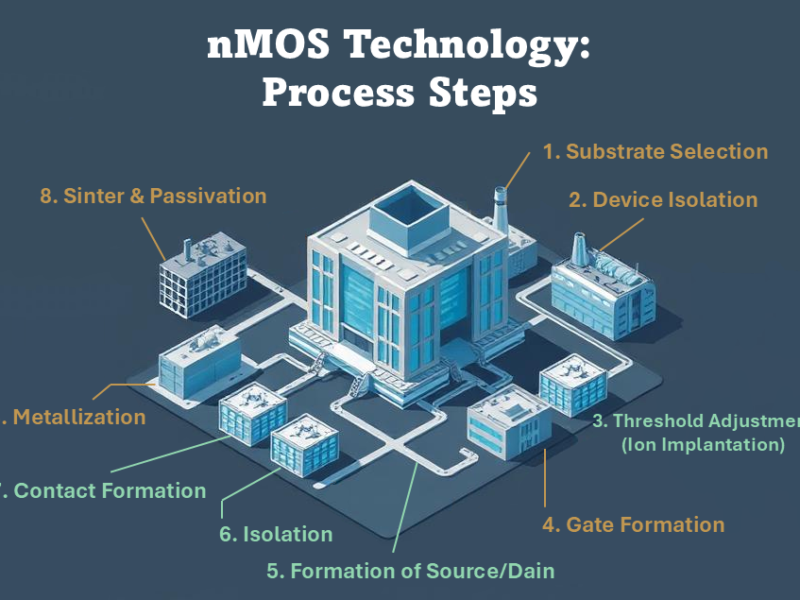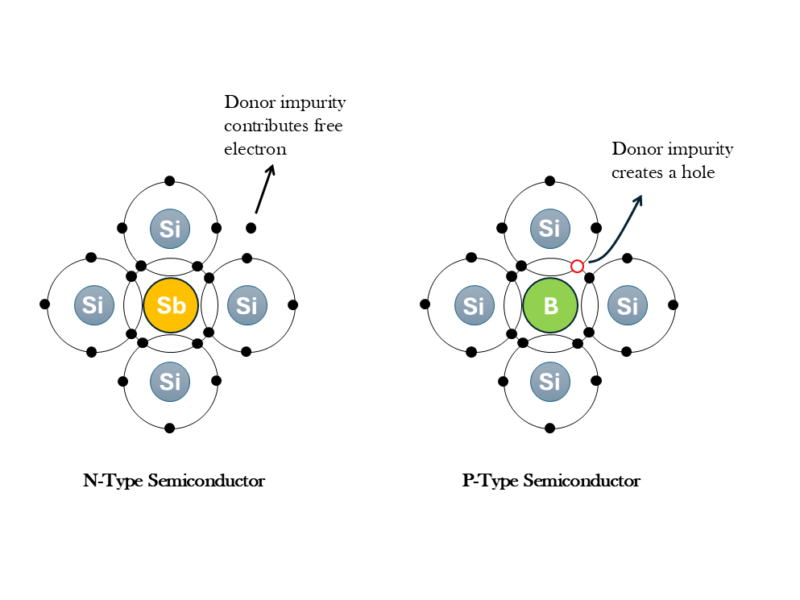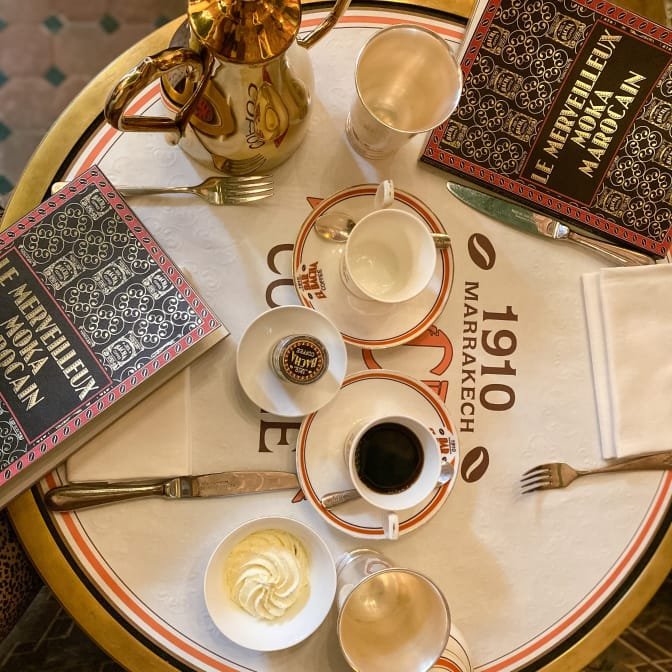Introduction to capacitors
This tutorial introduces the basics of capacitors, covering their structure, energy storage, and behavior in DC and AC circuits. It explains capacitance, charging/discharging processes, and how capacitors influence filter circuits, with calculations for capacitance and energy storage. You'll also learn about capacitor behavior in RC circuits, frequency response, and how ...
Essential tools for electronic hobbyist (2024)
Lab equipment is essential for home electronics projects. Key tools include a multimeter, soldering station, oscilloscope, and power supply. This guide covers affordable options for hobbyists, from soldering materials to measurement devices, helping you build a functional electronics lab on a budget of around $400.
Resistor color code – Online tool
A resistor is a fundamental two-terminal component used in countless electronic devices to limit or regulate electric current. Resistors are often marked with color bands to indicate their values. Typically, these resistors feature four or five color bands. Understanding how to read these color codes is essential for determining the ...
PIC16F877A Analog to Digital Converter (ADC)
The ADC module in microcontrollers indeed allows them to interface with the analog world by converting continuous analog signals into discrete digital values. This capability is crucial for various applications such as sensing, control systems, and communication. It is distinct from PWM (Pulse Width Modulation), which uses discrete pulses to ...
Using PWM in PIC16F877A
Digital signals (0 or 1) and analog signals (range of values) are both used in electronics. Analog inputs can be converted to digital through an ADC. To control analog devices with a microcontroller, DACs are used but they're costly and space-consuming. PWM (Pulse Width Modulation) is a cost-effective technique that ...
PIC16F877A Timer2 tutorial
The Timer2 module is an 8-bit timer/counter within most PIC MCU devices. Timer2 can increment up to a value of 255 before it overflows back to zero. Timer2 has other built-in features that make it very useful for many different applications.
PIC16F877A Timer1 Tutorial
The Timer1 module is a 16-bit timer/counter within most PIC MCU devices. Timer1 can increment up to a value of 65535 before it overflows back to zero. Because the timer is built into an 8-bit device, the 16-bit timer register is broken into two 8-bit registers (TMR1L and TMR1H) and ...
PIC16F877A Timer0 tutorial
The Timer0 module is an 8-bit timer/counter that is included with all 8-bit PIC MCU devices. The Timer0 is more than just a timer.
PIC Microcontrollers Timers
In this tutorial, we will learn what are "Timers"; we will explain this with examples using the Microcontroller PIC16F877A. For this tutorial is may be helpful to understand the basics of turning an LED on and off, which is explained in one of my previous tutorials on LEDs. In this ...
How to use interrupts in microcontrollers
In this tutorial we will learn how to use external interrupts in PIC microcontrollers. We will go in depth on how to set it up in hardware, and how to configure it correctly within the program. For the examples we will use microcontrollers from the PIC16F family; in particular the ...


